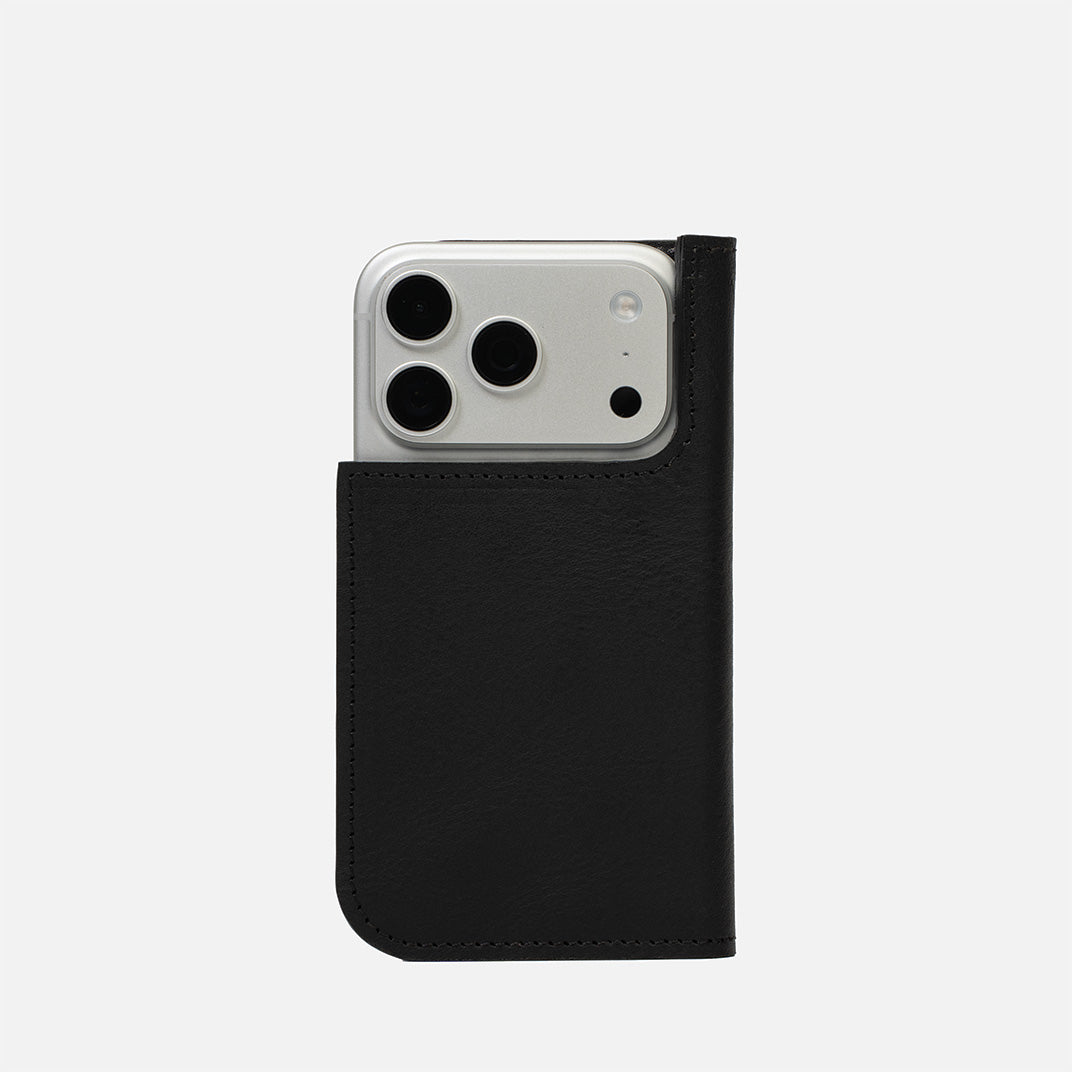When it comes to adjusting microphone settings on your iPhone, you might be surprised to find there's no direct mic volume control. But don’t worry — iOS gives you smart ways to manage your mic experience and ensure clear audio for calls, recordings, and video meetings.
Choosing the Right Microphone Mode
Your iPhone has multiple microphones and software modes to adjust how sound is captured. Here’s how to choose the right one for your needs:
- Start a Call: Use any app like FaceTime or Google Meet.
- Open Control Center: Swipe down from the top right.
- Tap Mic Mode: You'll see options: Standard, Voice Isolation, or Wide Spectrum.
- Standard: Default mode.
- Voice Isolation: Filters background noise to focus on your voice.
- Wide Spectrum: Captures full ambient sound — great for meetings or music.

Use AirPods as Your Microphone
If you're using Apple AirPods or AirPods Max, you can fine-tune which earbud acts as the mic:
- Go to Settings > Bluetooth > Tap the "i" next to your AirPods.
- Tap Microphone and select Left, Right, or Auto.
Tip: If you use AirPods Max with your iPhone, consider protecting them in a handcrafted leather case with magnetic closure and soft lining. Designed for travel and long-term use.
Testing Your Microphone
To make sure your mic is working:
- Use the Voice Memos app to record and replay sound.
- Use Camera to record front and rear video with your voice.
- Test Siri and FaceTime to verify clarity.
Still Having Issues?
Try cleaning your mic ports, removing your case, restarting the iPhone, or updating iOS.
Summary
Although iPhone doesn’t offer manual mic volume control, it provides intelligent features to manage your voice experience. From choosing the right mic mode to using AirPods and testing setups, you can create great audio for every situation.
FAQs
-
Can I increase microphone volume on iPhone?
No, but mic modes like Voice Isolation improve voice clarity. -
Do AirPods Max have better mic quality?
Yes. AirPods Max use multiple microphones for active noise cancellation and better voice pickup. -
Which mic mode is best for noisy environments?
Voice Isolation is ideal for reducing background sounds. -
Is there a case that protects AirPods Max without bulk?
Yes — our minimalist leather AirPods Max case protects without compromising on elegance.




